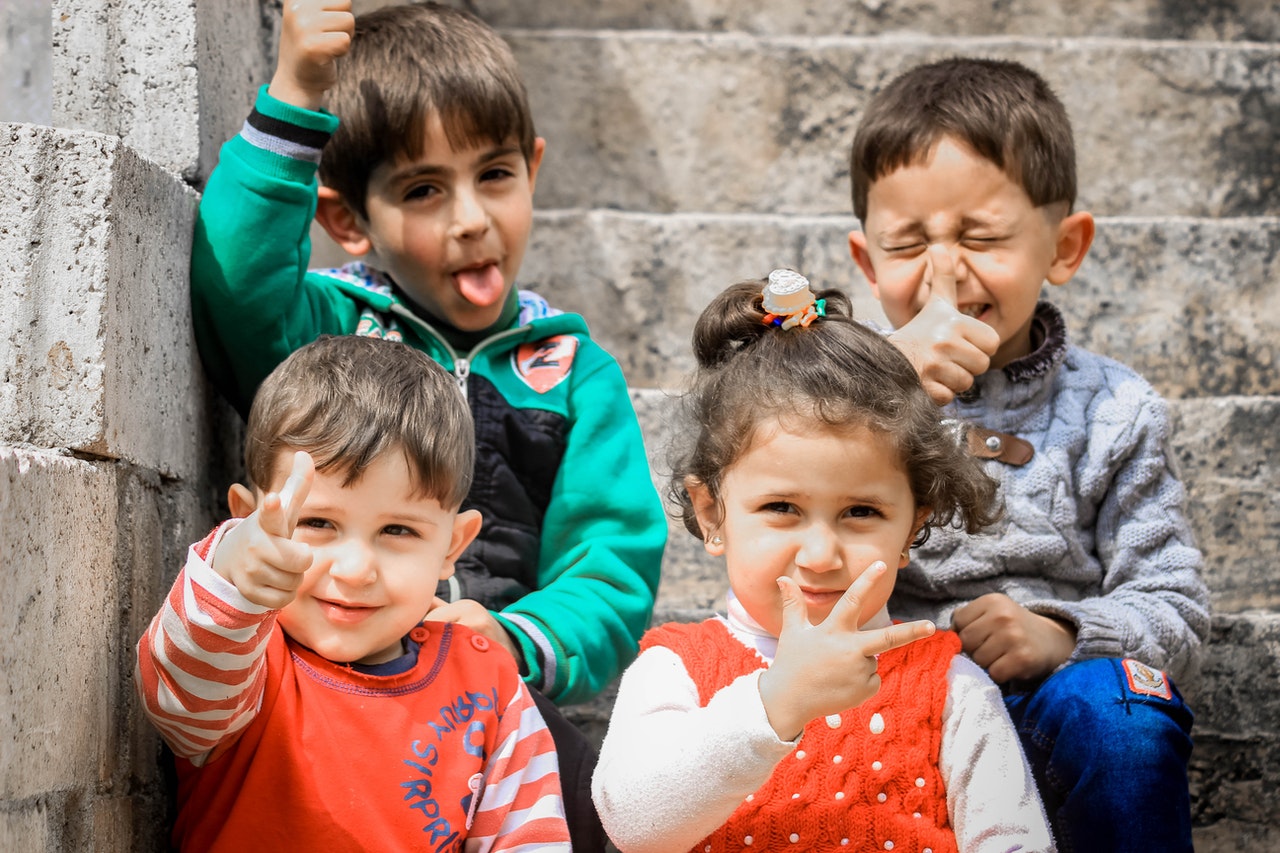Are you looking for ways to teach students to respond appropriately to normal experiences and interactions with peers? If so, keep reading.
1. Get the student to avoid crowded areas. As the student develops the capacity and ability to deal with typical physical exchanges with other students appropriately, slowly increase the student’s access to crowded areas.
2. Converse with the student to explain (a) what they are doing wrong (e.g., hitting others) and (b) what they must be doing (e.g., accepting typical physical exchanges appropriately).
3. Teach the student to avoid typical physical exchanges by giving others room to pass, taking turns, watching the movement of others around him/her, etc.
4. Intervene early and often when there is a problem to prevent more severe problems from happening.
5. Make sure that others are not purposely bumping, touching, or brushing against the student.
6. Practice role-playing that involves typical physical exchanges (e.g., being bumped, touched, brushed against, etc.).
7. Teach the student acceptable ways to express displeasure, anger, frustration, etc.
8. Praise the student for responding properly to typical physical exchanges with others: (a) give the student a concrete reward (e.g., privileges such as leading the line, handing out learning materials, 10 minutes of free time, etc.) or (b) give the student an informal reward (e.g., praise, handshake, smile, etc.).
9. Praise the student for responding properly to typical physical exchanges with others based on the duration of time the student can be successful. As the student shows success, slowly increase the duration of time required for reinforcement.
10. Make sure the student will have adult supervision (e.g., at P.E., lunch, recess, break time, etc.).
11. Draft an agreement with the student stipulating what behavior is required (e.g., responding properly to typical physical exchanges with other students) and which reinforcement will be implemented when the agreement has been met.
12. Teach the student to think before acting (e.g., they should ask themselves, “What is happening?” “What am I doing?” “What should I do?” “What will be best for me?”).
13. Place the student away from classroom movement to lessen typical physical exchanges with other students.
14. Consider using an adaptive behavior management app. Click here to view a list of apps that we recommend.
15. Click here to learn about six bonus strategies for challenging problem behaviors and mastering classroom management.





